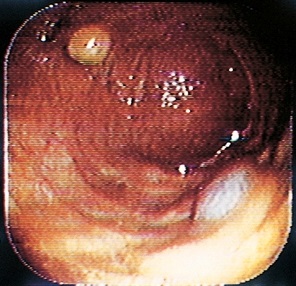Equine Reproduction and Stud Medicine Q&A 07
| This question was provided by Manson Publishing as part of the OVAL Project. See more Equine Reproduction and Stud Medicine questions |
During an endoscopic examination of the uterus of a 12-year-old mare with a history of subfertility, several structures are found:
| Question | Answer | Article | |
| What are these structures? | Uterine cysts
|
Link to Article | |
| To what extent can they interfere with fertility in the mare? | The significance of uterine cysts is unclear, and often mares are pregnant despite having many cysts.
Cysts can give rise to false early pregnancy diagnosis or the incorrect diagnosis of twin pregnancies during ultrasound scanning. During follow-up examinations, cysts do not increase in diameter, are relatively constant in their position and show no appearance of an embryo around 20–23 days of pregnancy. Thorough identification of them at the beginning of the breeding season minimises the chance of false pregnancy diagnoses. Large cysts may interfere with the mobility phase of the conceptus and make the vesicle unable to prevent luteolysis. Later in pregnancy, the absorption of nutrients and the development of chorionic villi may be diminished in places of contact between cysts and fetal membranes, leading to an increased risk of embryonic death. |
Link to Article | |
| What is your therapy? | The need for therapy for endometrial cysts is uncertain.
Because of risks such as uterine haemorrhage, mechanical uterine curettage is rarely used. Larger cysts can be punctured using an endometrial biopsy apparatus or manually if the cervix allows passage of one hand. Chemical curettage has equivocable results: the cysts may disappear but scar tissue may form. An endoscope and a thermocautery method involving looping and subsequent burning of cysts is possible. Wounds after cautery appear to heal very quickly. After cauterisation prostaglandin should be given and the uterus lavaged with saline. |
Link to Article | |
